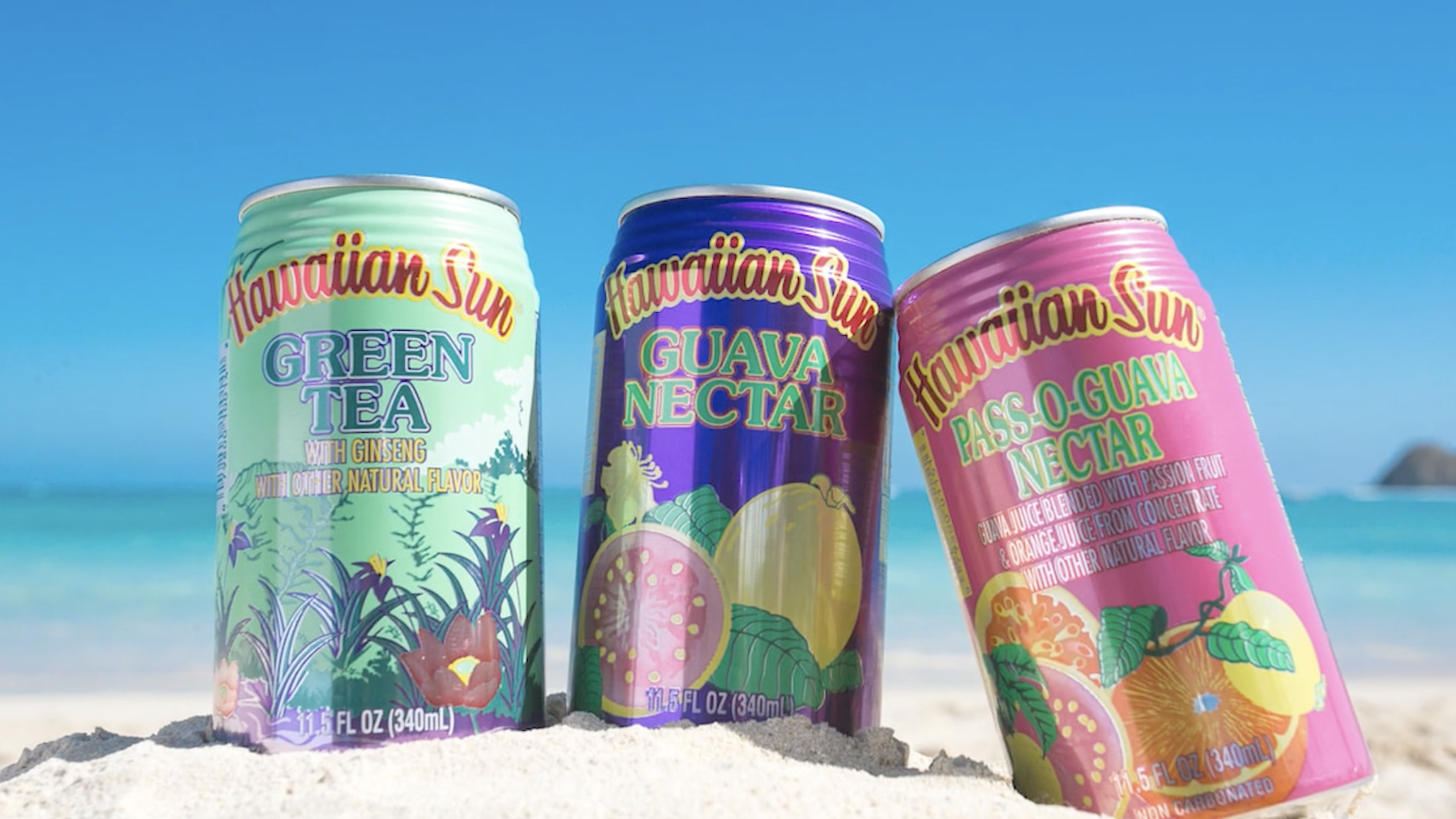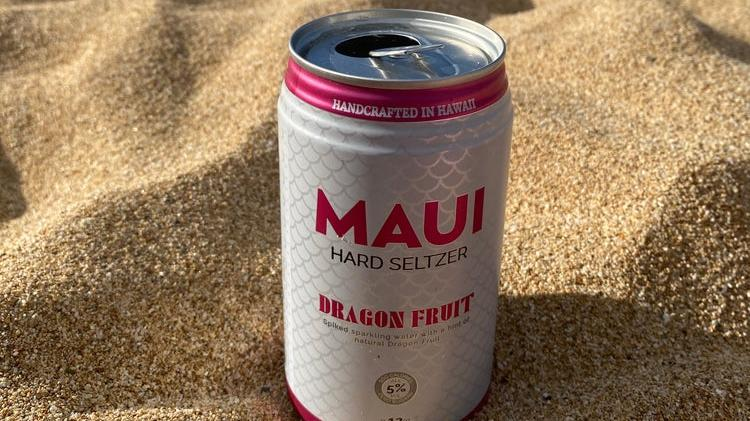Why Hawaiian Soda Cans Look Like That
Manufacturers in the Aloha State have kept this unique design for a reason.
It's not often that we think about the container holding our favorite soda or beer—that is, until a major design change occurs. When we picture those aluminum cans with the pop tab and the wide mouth, the only thing that differs among them is the logo. However, a trip to Hawaii would prove that assumption wrong.
A number of popular beverage brands, including Coca-Cola, Tropicana, and Pepsi, sell their drinks in Hawaii in an aluminum can that is different from what is sold in other U.S. states, VinePair explains.
Why are some aluminum cans different in Hawaii?
There are a few main differences between some of Hawaii's aluminum cans and the rest of the nation's: the circumference of the can, the longer neck, and the four ridges underneath the lip. This design, unique to the Aloha State, is called a 206 Diameter and was actually used by other U.S. manufacturers up until about 1991. As this video notes, the 206 cans have a circumference of 2.375 inches, whereas cans in the rest of the states have a diameter of 2.125 inches.
The reason the Hawaii can design was discontinued in the continental U.S. is because of its excess use of aluminum. The 12-oz. cans we're more familiar with today require less material to make, which of course means lower production costs. However, the ridges and lid width of the 206 actually make for a sturdier can; the extra aluminum in those areas helps prevent the can from rupturing, a fairly common occurrence with the newer designs.
Why did Hawaii decide to stick with the sturdy cans, despite the added production costs? Well, many foods and drinks are more expensive in Hawaii due to the logistical complications of shipping them over an ocea. For this reason, some companies choose to manufacture their products closer to the point of sale, with many beverages coming from local bottling plants.
When the rest of the nation's manufacturers changed their equipment to begin producing cans with a narrower lid, it made more economic sense for Hawaiian manufacturers to simply stick with the 206 equipment. Since local bottling companies save on transportation costs, the extra production cost of using the 206 cans is less significant.
If you ever find yourself sitting beachside in Honolulu sipping an ice-cold soda, you can regale your fellow beach-goers with the riveting tale of the business decisions that informed the can from which you're sipping. You'll be the coolest person on the island.

